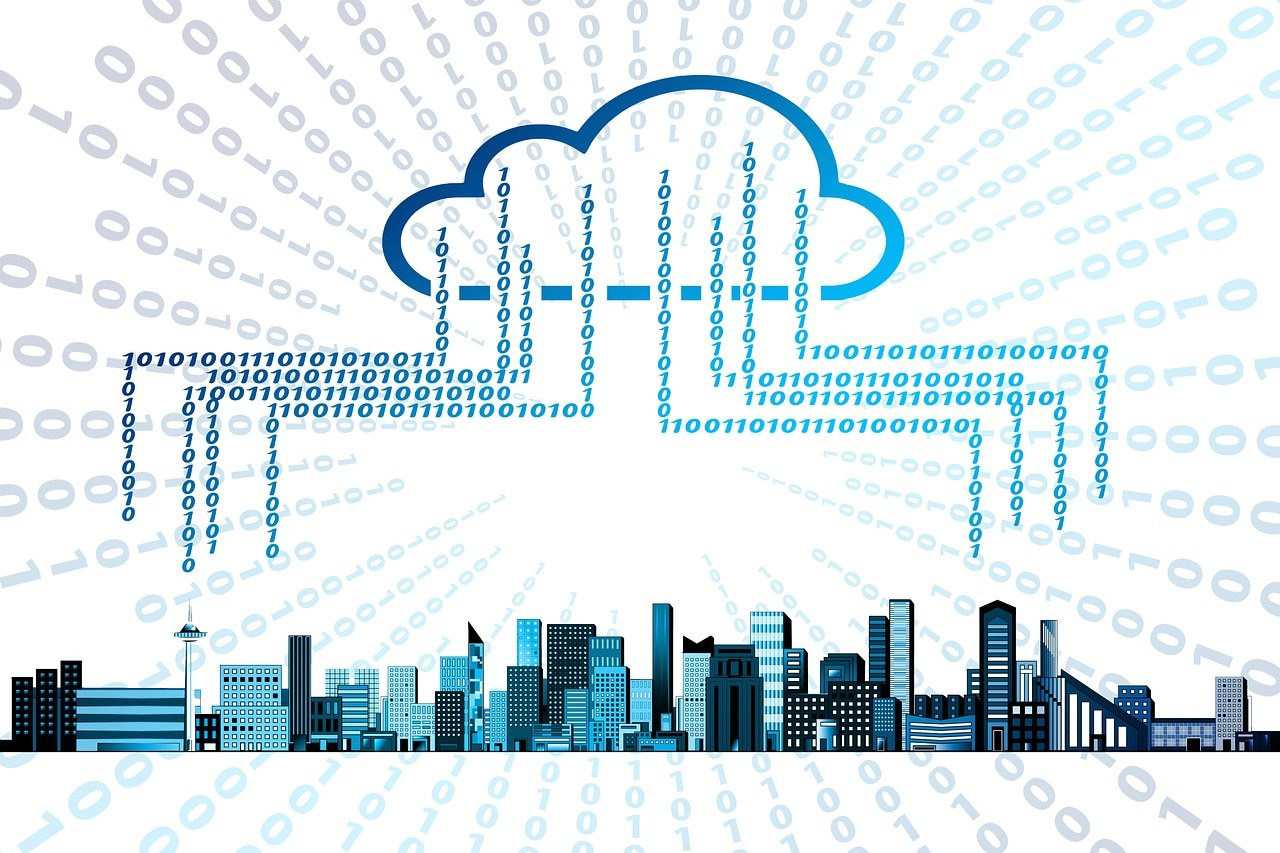What Is a Data Cloud?
The technology industry increasingly is using a new term—data clouds—to describe the fast-emerging world of big-data management and analytics in the cloud.
In a market already crowded with database platforms, data warehouses, data lakes, and other technologies, just how new and different are data clouds?
References to data clouds are popping up everywhere. Oracle offers the Oracle Data Cloud. Cloudera pitches enterprise data clouds. And Pinecone Systems mentioned data clouds when it launched its new vector database in January.
The company making the most noise is Snowflake, which references data clouds more than a dozen times on its website home page. Snowflake has a Data Cloud Academy and even a podcast titled the Rise of the Data Cloud.
What exactly is a data cloud? Each vendor has its own spin, but what data clouds have in common is an all-encompassing data architecture and a business objective to put more data and insights into the hands of more people.
Let’s start with Snowflake, whic…


